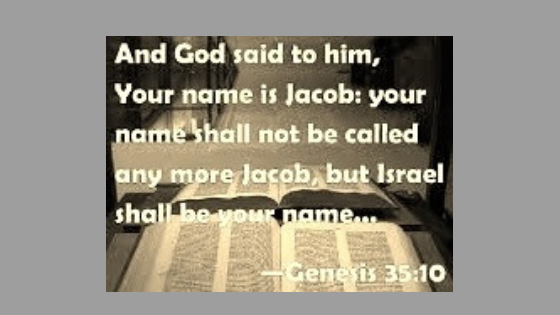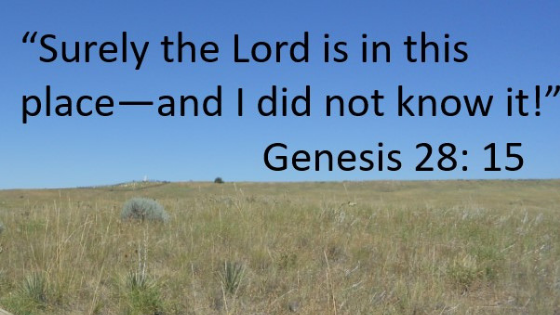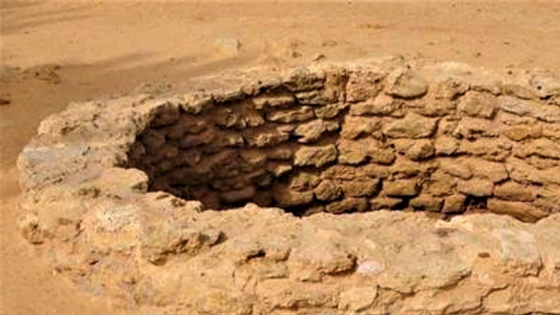
Shabbat Table Talk
Parashat Vayigash – Erev Shabbat 23 December 2017
Week of 17-24 December 2017
Torah portion: Genesis 44:18-47:27 Haftarah: Ezekiel 37:15-28
Vayigash – ‘he approached’ – tells of Joseph revealing himself to his brothers; his forgiveness of them; and their re-uniting after some twenty-two years of separation. The brothers then return to their father, Jacob, laden with gifts and an invitation to Israel – the whole family and possessions of Jacob – to travel down to Goshen in Egypt to live there. Genesis which narrates the beginning of the world and the calling and growth of a Nation, covenanted to God to be a people and to possess their own land, is coming to an end. Egypt is not the land promised by God so the four remaining books of the Torah will tell about the long journey ahead to the Promised Land.
Preceding this Parashah is the eight-day celebration of Chanukah meaning a ‘Tree of Light’, the first day of which is celebrated on 13 December (Kislev 25) and continues until 20 December (Tevet 2). The historical sources concerning Chanukah are in the Septuagint (Maccabees 1 and 2). My source Symbols of Judaism (New York: 2000), p. 79 states that light is only possible through dialogue between cultures (here Hebrew and Greek) and thus “the lights of Hanukkah are like hands of light extended outward in the name of dialogue and peace”.
Pharaoh and the Egyptians welcome Jacob and his family and they are given good land because of Joseph whom the Lord had sent before them to rescue them.
Almost immediately after this Parashah is the Christian celebration of Christmas: a celebration of light and salvation through Jesus whose life is not unlike that of Joseph who is seen in Christian Theology as a prefiguring of Jesus. This celebration is held on 25 December and the message of the Angel to the shepherds is: “Glory to God in the highest, and on earth peace, goodwill toward (people)” (Lk 2:14).
This Parashah and these two celebrations – one Jewish and the other Christian – are about the gathering-in and reconciling of, first of all, families and then of Nations. Matthew’s Gospel, the first book of the New Testament, links the Judeo-Christian tradition by means of the genealogy of Jesus which begins with Abraham (Mt 1:1-17).
The Haftarah describes a vision of Ezekiel where he is told by God to bring two sticks together into a unity. These two sticks represent the separate Northern and Southern Kingdoms of Israel and Judah respectively. God wishes to bring these together again and to renew the Covenant and extend it as a brit shalom with the unified people.
The Women’s Haftarah Commentary quotes a Midrash from Exodus Rabbah 5:9. It relates how the word of God from Mount Sinai came to each Jew according to his/her capacity. The various states of Jews are named: “the elderly, the young men, the children, the infants, and women….even pregnant women heard according to their capacities”.
Genesis 1 and 2 describe how God the Lord created the universe in harmony and order. In the first account we read: “God saw everything that He had made and indeed it was very good” (Gn 1:31). The Covenant that God initiated with us is about a relationship of love and reverence for God and love and respect for human beings and all of creation.
Reflection: How am I going to renew brit shalom with the Lord, myself, my family and my world at this time of peace, light and salvation?
Bibliography: Eskenazi, T. C. Weiss, A.L. A Women’s Commentary (New York: 2008); Goldstein, Rabbi Elyse (ed.) The Women’s Haftarah Commentary (Woodstock: 2004); Ouaknin, Marc-Alain. Symbols of Judaism (New York: 2000); NKJV
This week’s teaching commentary is by
Bernadette Chellew, Durban, South Africa
Bat Kol alum 2008
Email: btrnchellew@gmail.com
[Copyright © 2017]
……..……………………………………………..………
PLEASE NOTE: The weekly Parashah commentaries represent the research and creative thought of their authors, and are meant to stimulate deeper thinking about the meaning of the Scriptures. While they draw upon the study methods and sources employed by the Bat Kol Institute, the views and conclusions expressed in these commentaries are solely those of their authors, and do not necessarily represent the views of Bat Kol. The commentaries, along with all materials published on the Bat Kol website, are copyrighted by the writers, and are made available for personal and group study, and local church purposes. Permission needed for other purposes. Questions, comments and feedback are always welcome.
……………………………………………………………
Bat Kol Institute for Jewish Studies, Jerusalem
1983-2017
“Christians Studying the Bible within its Jewish milieu, using Jewish Sources.”
Website: www.batkol.info; Parashah Admin.: gill@batkol.info



